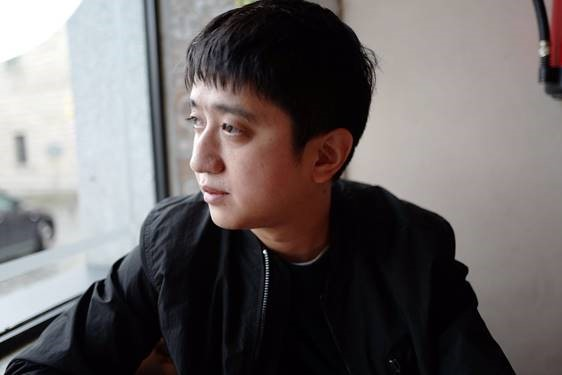
Hao Liang
Hao Liang is esteemed as a prominent representative of the New Ink (新水墨, xinshuimo) movement, a style that gained prominence in the early 2010s. This artistic approach combines classical Chinese ink painting elements with contemporary techniques.
Hao Liang integrates a wide array of seemingly disparate influences, including classical poetry, modern literature, film theory, and contemporary art. A significant portion of his artistic endeavors focuses on exploring various temporal perspectives.
Biography of Hao Liang
Hao Liang was born in 1983 in Chengdu, China, and currently resides and works in Beijing. He holds both a Bachelor of Fine Arts (BFA) and a Master of Fine Arts (MFA) with a specialization in Chinese Painting from the Sichuan Fine Arts Institute.
Hao Liang made his debut with his first solo exhibition at My Humble House in Taipei in 2011.
Some notable exhibitions featuring Hao Liang's work include "1977–2017: Le Centre Pompidou fête ses 40 ans" at Centre Pompidou, Paris, in 2017; "Streams and Mountains without End: Landscape Traditions of China" at the Metropolitan Museum of Art, New York, also in 2017; and "Hao Liang: Portraits and Wonders" at Gagosian in New York in 2018.
His creations have found their place in the esteemed collections of renowned institutions such as the Metropolitan Museum of Art in New York, the Centre Pompidou in Paris, Kadist in San Francisco, and the Bonnefantenmuseum in Maastricht, Netherlands, among various others.
Hao Liang's Art Style
Hao Liang has developed a portfolio that reinvigorates the age-old practice of Chinese ink-wash painting, seamlessly blending traditional techniques with a contemporary sensibility. In his scroll paintings, he employs a multi-perspective approach, coupled with a meticulous commitment to maintaining consistent tonal delicacy and translucency.
His art gracefully connects formal execution, cultural symbolism, and references to art history, bridging the realms of East and West. Frequently interwoven within his art is a shan shui (Chinese landscape) sensibility, reflecting the harmonious interplay between humanity and the natural world.
Notable works of Hao Liang
In his expansive silk scroll painting, "The Tale of Clouds" (2012—2013), the artist intricately weaves together elements from ancient Chinese mysteries, Western mythology, Taoist philosophy, and contemporary anatomy.
Between 2014 and 2016, Hao Liang created "Eight Views of Xiaoxiang," a collection of eight expansive silk paintings. These artworks depict scenes from the Xiaoxiang region, located in present-day Hunan province, where the Xiao and Xiang rivers converge. The portrayal of Xiaoxiang landscapes has been a recurring and cherished theme in Chinese painting since the Song dynasty.
Rendered in soft, subdued monochromatic hues, these paintings evoke the color palettes prevalent in the Song dynasty artworks while simultaneously exploring their relevance in the contemporary era. Hao Liang's portrayal of Xiaoxiang diverges from naturalism: here, the sea, river, and mountain coexist on a single plane, and towering bamboo shoots upward from the composition's lower bounds.
In his work "Aura — Collotype Facsimile of the True View" (2015—2016), Hao Liang employed the collotype printing medium to draw connections between Walter Benjamin's notion of 'aura' and the Taoist concept of 'qi'xi' (breath or air).
Years:
Born in 1983
Country:
China, Chengdu
Gallery: